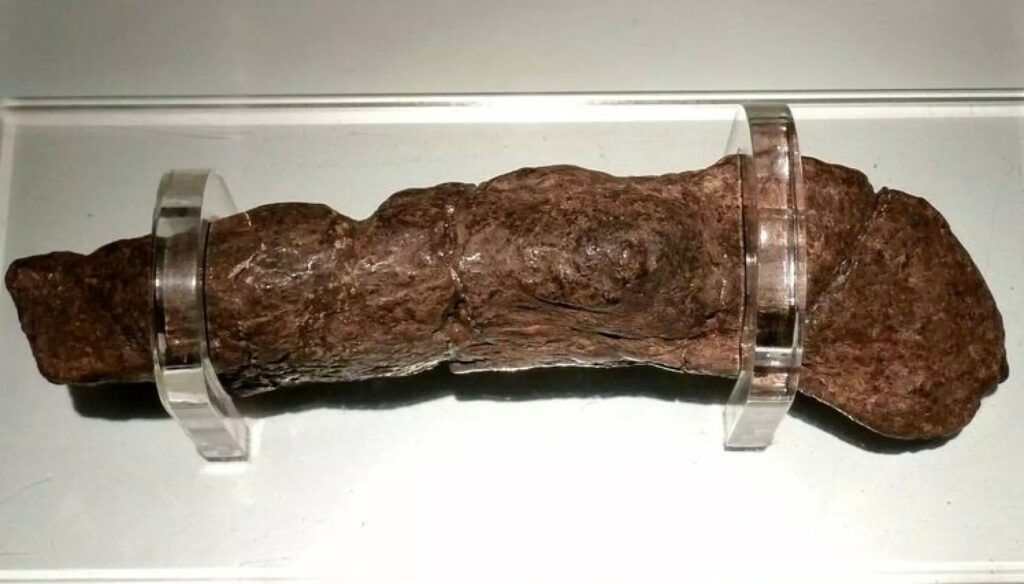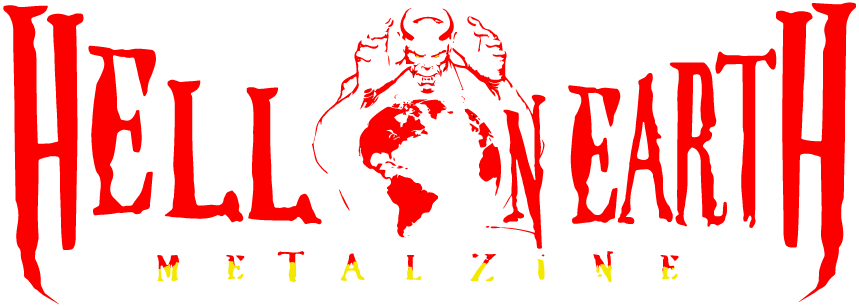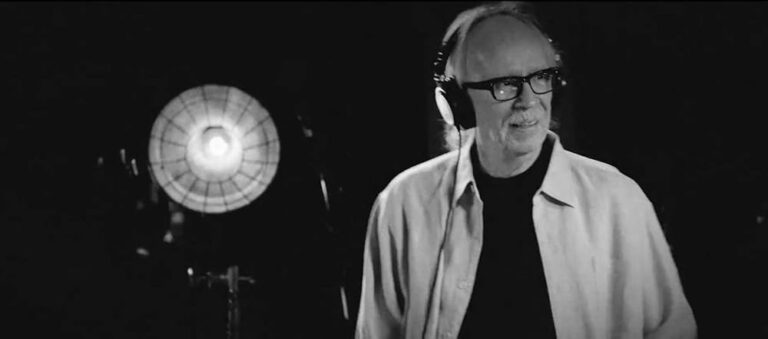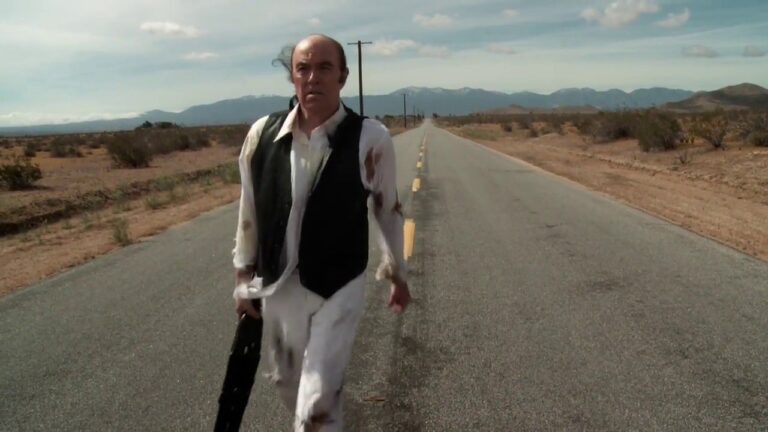
In the 1960s, rumors began swirling in England about a giant, fossilized poop discovered during an excavation in York. At the time, no one quite realized the significance of what had been unearthed—except for one man.
The unusual relic was tucked away in a cardboard box and forgotten, until British archaeologist Andrew “Bone” Jones became obsessed with it. He couldn’t shake the feeling that this ancient fecal matter held a deeper story.
Then, in 1972, Jones stumbled upon the long-lost artifact while digging through the storage rooms of Yorkshire Museum.
“Blimey!” he reportedly shouted, his voice echoing through the dusty museum halls.
There it was. Large, brown, and—according to Jones—beautiful.
A Viking’s Last Meal Preserved in Time
Measuring 20 centimeters long and 5 centimeters wide, the Lloyds Bank Coprolite, as it came to be known (named after the bank that was built over the excavation site), is one of the most famous Viking-era artifacts ever found.
Further analysis revealed that this was no ordinary fossilized excrement—it was one of the largest human feces ever discovered, estimated to be 1,200 years old.
Jones and his fellow archaeologists found that the Viking responsible for this monumental bowel movement had a diet rich in meat and bread, with little to no vegetables or fruit.
“He literally gave no thought to eating greens,” noted archaeologist Gill Snape, who studied the remains.
While other Viking latrines in the same area contained remnants of fruits, nuts, and vegetables, this particular Norseman seemed to have been on an all-protein diet.
More telling, however, was the hundreds of parasitic eggs found in the specimen, including those from whipworms and roundworms. This indicated that the Viking likely suffered from serious intestinal issues—perhaps a bout of food poisoning or chronic stomach troubles.
“Vikings were fierce warriors, but their intestines were a battlefield of their own,” Jones told The Wall Street Journal in a 1991 interview.
A National Treasure—Almost Lost Forever
The coprolite was initially displayed at the Archaeological Resource Centre, a museum operated by York Archaeological Trust.
However, in 2003, disaster struck.
During a school field trip, a staff member accidentally dropped the priceless poop, shattering it into three pieces.
Jones, devastated, called it “a national catastrophe.”
Thankfully, experts were able to repair the fragile artifact, and since 2008, the Lloyds Bank Coprolite has been a star attraction at the Jorvik Viking Centre in York.
“It’s more valuable than the Crown Jewels,” Jones declared at the exhibit’s reopening.
Despite its humorous nature, the discovery remains one of the most significant insights into Viking daily life.
“It provides us with information that we could never have obtained in any other way,” Jones said, defending the significance of studying ancient human waste.
An Unexpected Tourist Attraction
To this day, the legendary Viking poop remains one of the most visited artifacts at Jorvik Viking Centre. Social media fascination continues to grow, with a recent post about the coprolite by the Swedish history page Vikingakonst garnering over 11,000 comments and thousands of laughing and poop emojis.
While many historical discoveries focus on weapons, jewelry, or burial sites, the Lloyds Bank Coprolite is a reminder that everyday life—no matter how crude—offers its own treasures.
In archaeology, as History magazine puts it: “Discoveries come in all shapes and sizes.”
Even in the form of a giant, fossilized Viking turd.






